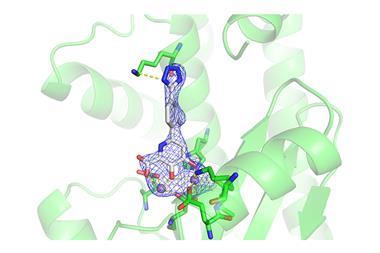A cheap, portable setup to detect influenza viruses could help clinicians prescribe the right drugs
A team in the US has designed a test for detecting influenza viruses in just 15 minutes using a glucose meter – a cheap, handheld instrument that is widely available.
Although influenza is something everyone tries to avoid during new strains of flues come around each winter, including pandemic strains such as the 2009 ‘swine flu’, H1N1. Detecting influenza infections quickly helps physicians administer effective treatments, but current detection methods are either expensive, lack sensitivity or require trained personnel.
Suri S Iyer and colleagues from Georgia State University have now designed a test to detect influenza viruses A and B in just 15 minutes. The test only requires a nasal swab and a glucose meter – a simple instrument usually used for diabetes control. ‘Influenza virus can be deadly especially in weak or immunocompromised people. This diagnostic can help these people as vaccines for flu are not perfect,’ Iyer explains.

The test detects a specific protein that sits on the surface of the influenza virus. The protein cleaves a carbon–oxygen bond in a modified sialic acid, releasing galactose, which the glucose meter then detects. The sialic acid derivative is only attacked by influenza; other respiratory pathogens like Streptococcus pneumoniae cannot cleave it. Although the test can only detect influenza A and B, but not C, Iyer says that ‘this is not a problem, as influenza C is not very prevalent. The major circulating strains are A and B’.
Jonathan Van-Tam from the University of Nottingham, UK, is an expert on influenza who sat on the UK Scientific Advisory Group for Emergencies during the 2009/10 pandemic crisis. He believes that ‘this paper illustrates a promising approach that is still in its early stages of evaluation’. There is a great need for clinicians to have access to influenza tests that are cost effective and sensitive in real world conditions, Van-Tam adds.
Iyer notes that ‘the technique is not limited to influenza and can be used to detect a variety of clinically relevant pathogens and human disorders’.

















No comments yet